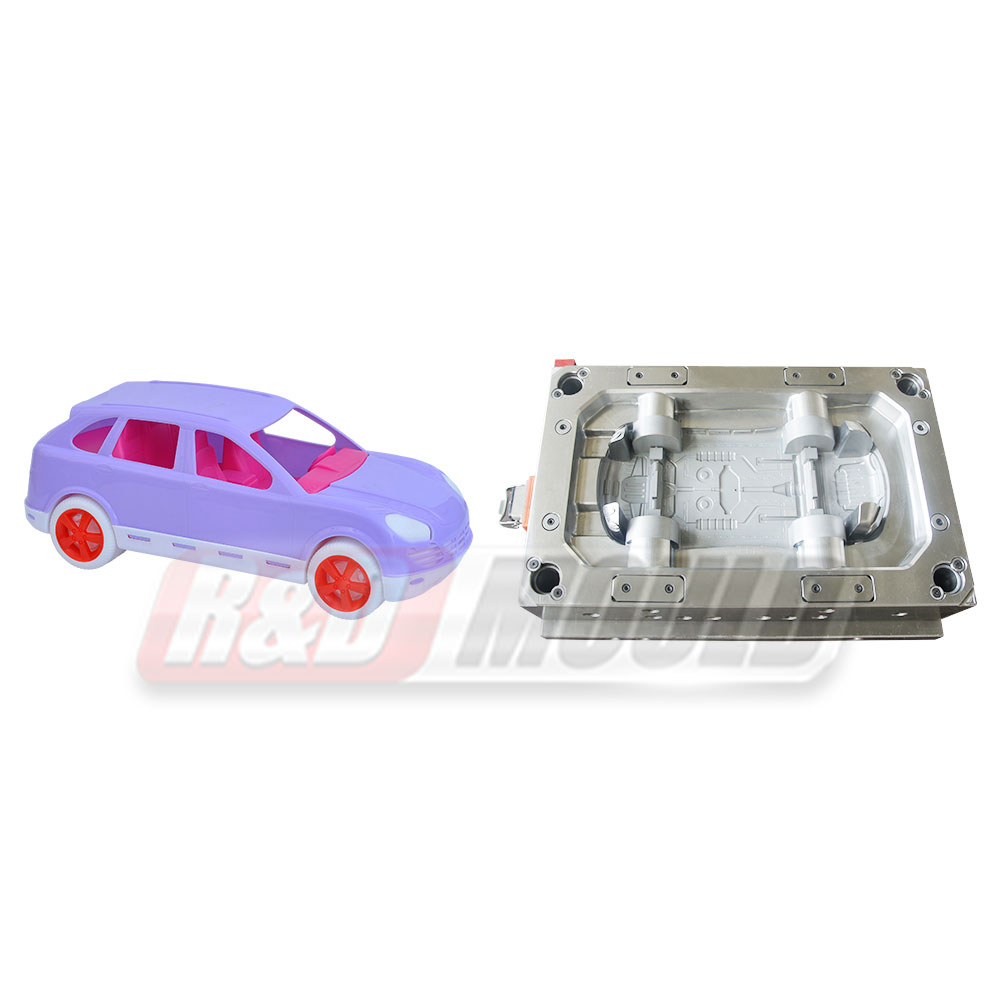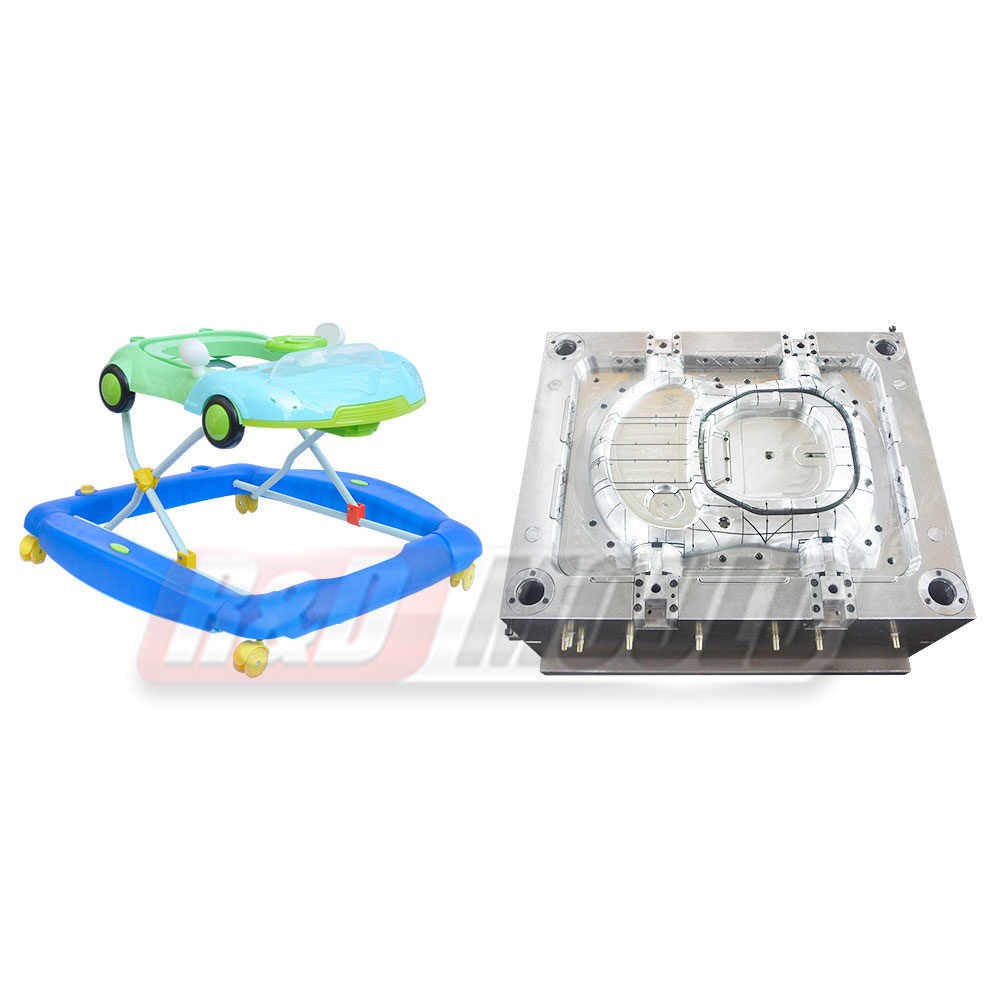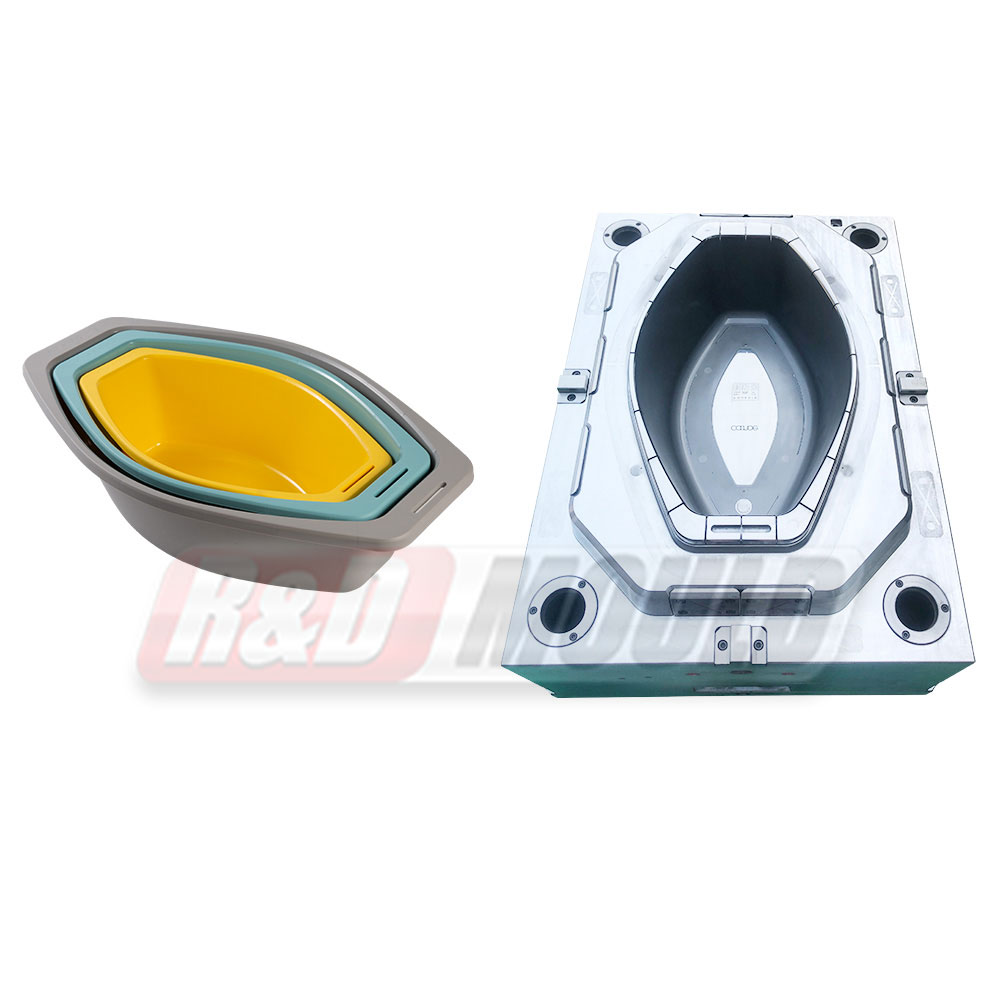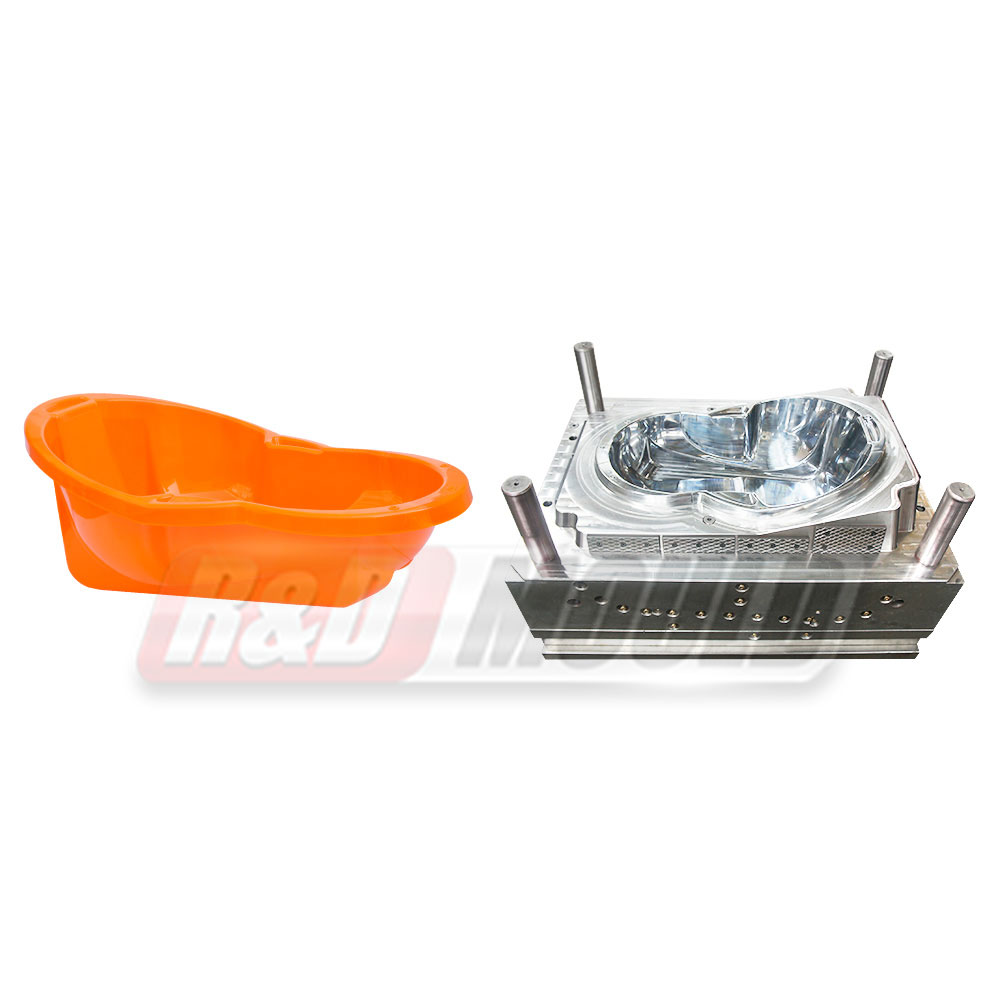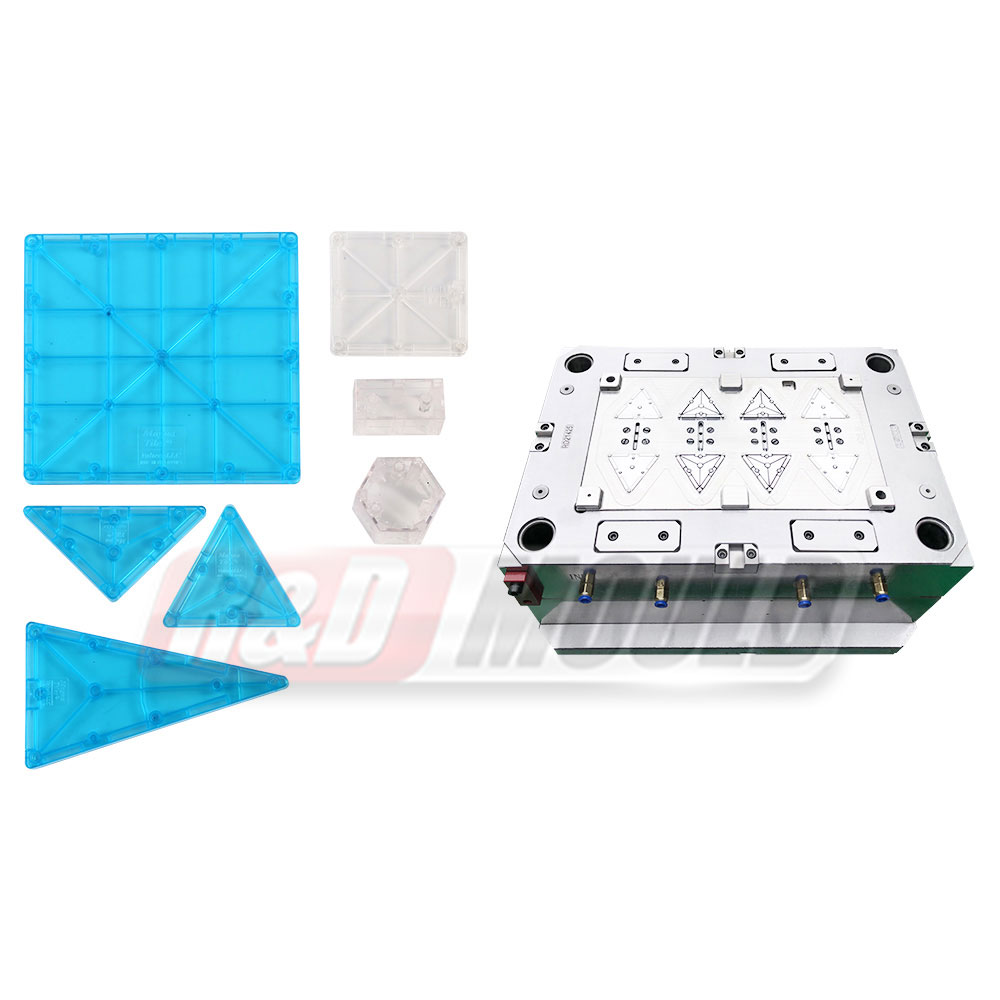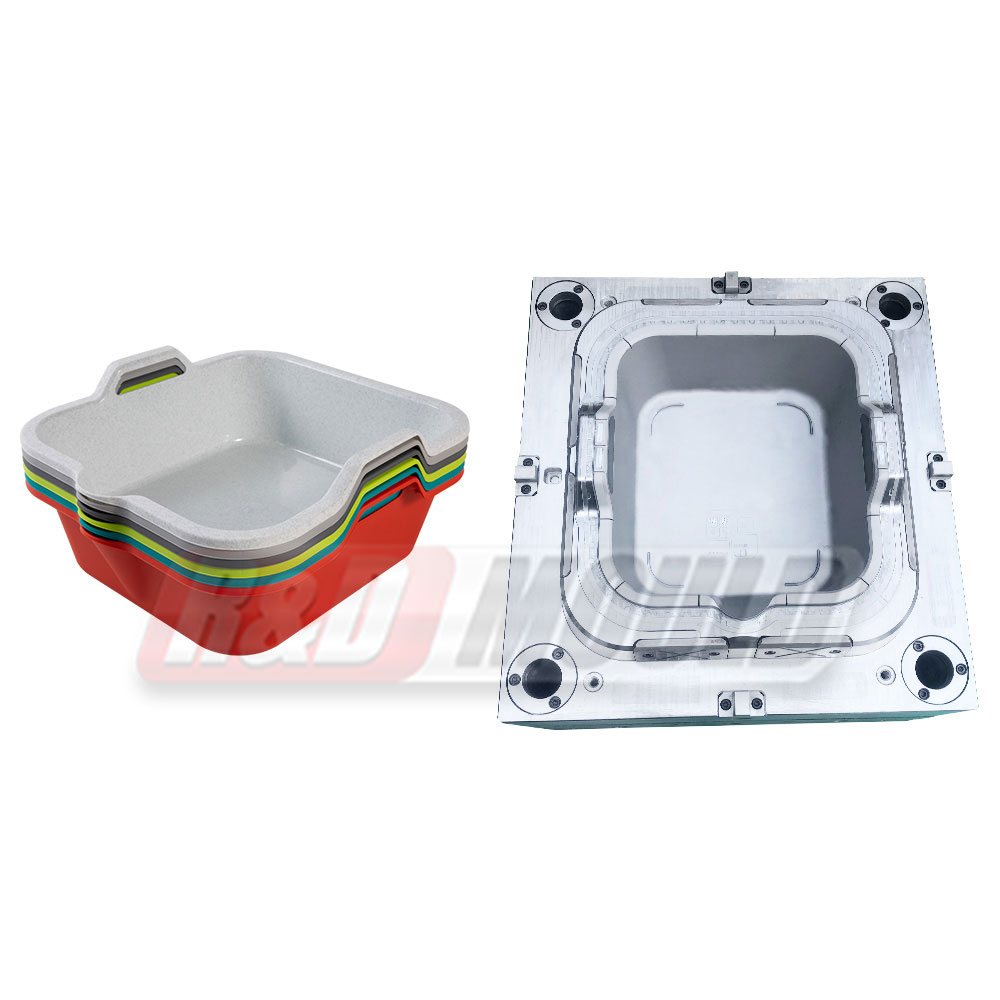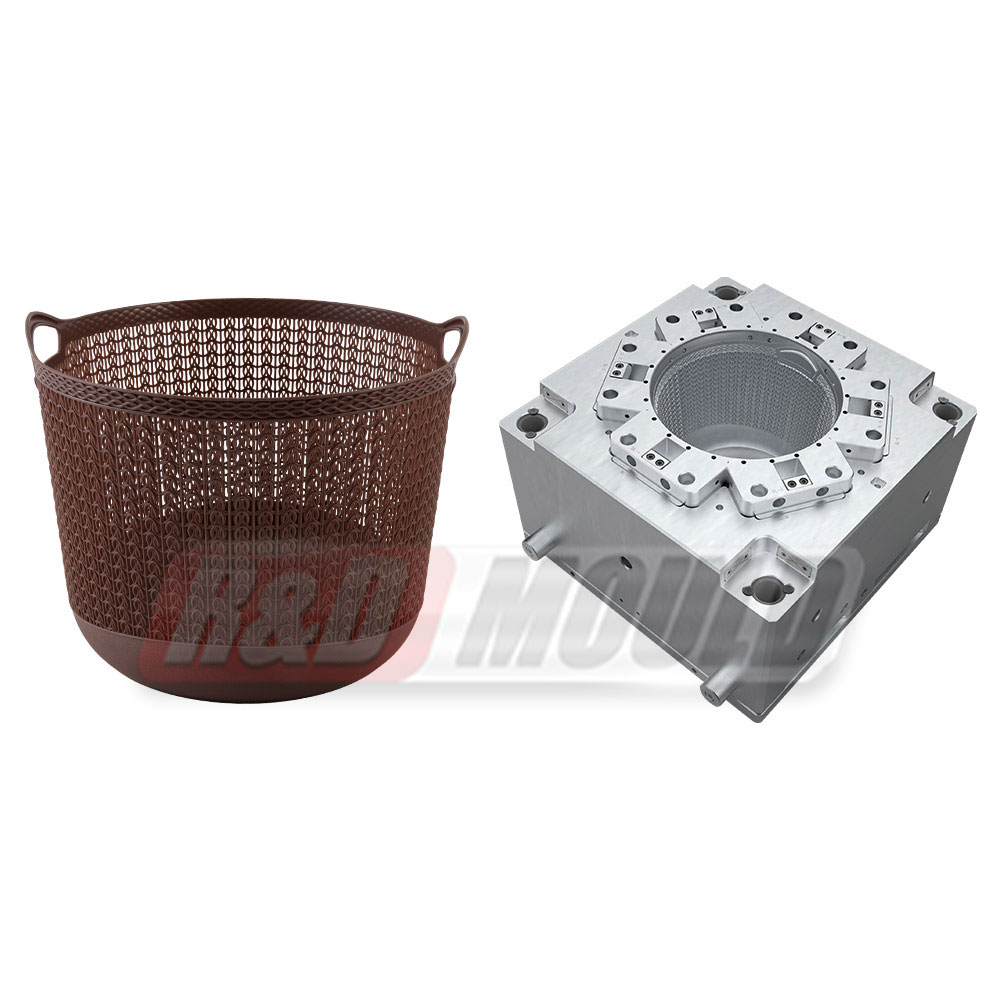In the plastic injection moulding industry, choosing the right Paint Bucket Mould design can have a significant impact on production efficiency, cost control, and product consistency. Among the most common types of Paint Bucket Mould configurations are single-cavity and multi-cavity moulds. Each has its advantages and is suitable for specific manufacturing needs. This article compares the two options to help businesses and engineers make informed decisions when selecting a Paint Bucket Mould.
A Single Cavity Paint Bucket Mould is designed to produce one bucket per injection cycle. This type of Paint Bucket Mould is often chosen for low- to medium-volume production or when high precision and stability are required. Since there is only one cavity, it allows for better control over material flow, cooling, and part dimensions. For manufacturers producing customized paint buckets with unique sizes or branding, a Single Cavity Paint Bucket Mould may offer better flexibility and ease of adjustment during the moulding process.
In contrast, a Multi-Cavity Paint Bucket Mould is built to produce two or more buckets per cycle. This type of Paint Bucket Mould is widely used in high-volume production environments where efficiency and output are critical. By creating multiple buckets at once, a Multi-Cavity Paint Bucket Mould can significantly reduce cycle time and lower the cost per unit. However, it also requires a more powerful injection moulding machine and a precise balance of material flow to ensure that all cavities are filled evenly.
One of the primary factors to consider when choosing between a single-cavity and a multi-cavity Paint Bucket Mould is the expected production volume. For large-scale operations—such as packaging suppliers or OEM factories—a Multi-Cavity Paint Bucket Mould can meet demand more effectively. On the other hand, a single-cavity paint Bucket Mould is more suitable for short production runs or when testing new bucket designs.
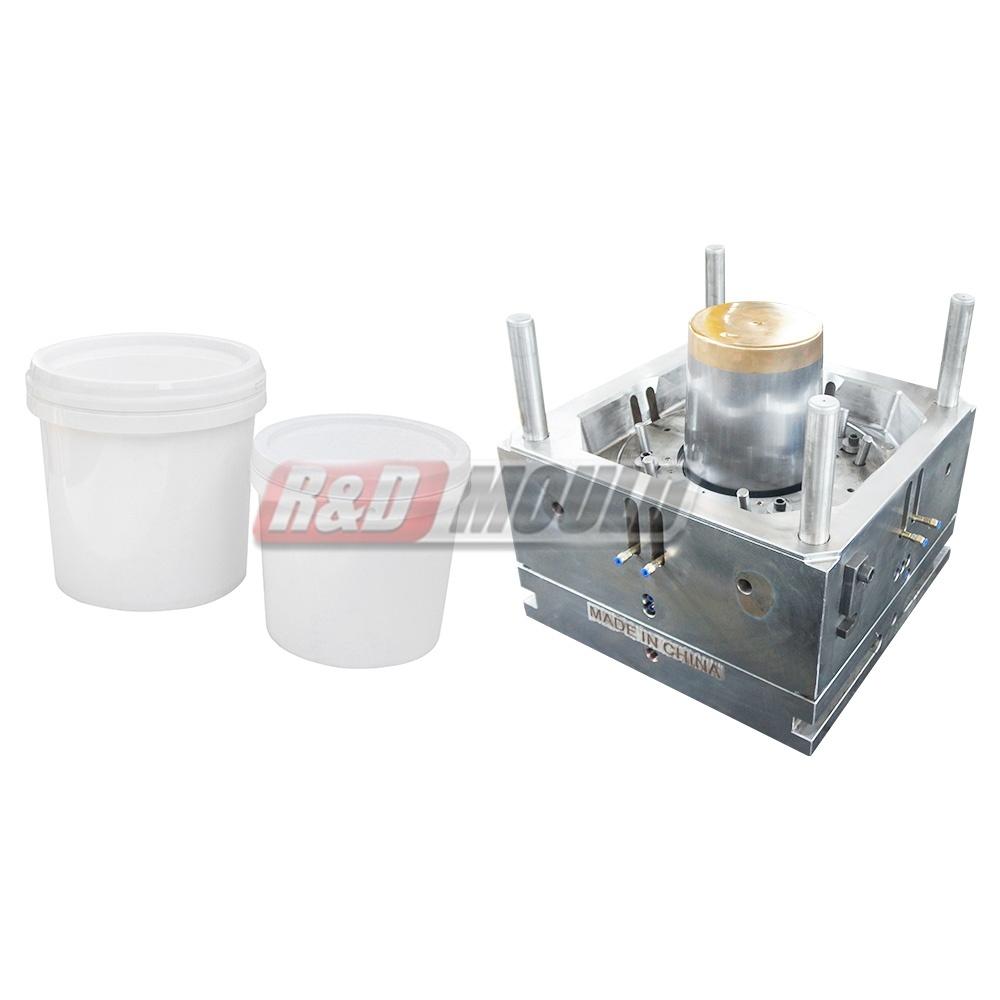
Tooling cost is another key consideration. A Multi-Cavity Paint Bucket Mould typically requires a higher initial investment due to its complex structure and more extensive machining process. However, the long-term savings in labour and production time often justify the upfront cost. In comparison, a single-cavity paint Bucket Mould is generally more economical to produce and maintain, making it an attractive choice for small businesses or specialised applications.
Maintenance and wear resistance also vary between the two. A Single Cavity Paint Bucket Mould is easier to inspect, clean, and repair, thanks to its simpler layout. In contrast, maintaining a Multi-Cavity Paint Bucket Mould may involve longer downtimes and more careful handling, especially when dealing with wear on individual cavities.
From a design perspective, the complexity of a Multi-Cavity Paint Bucket Mould requires highly accurate CNC machining and strict tolerance control to ensure consistent product quality across all cavities. Any imbalance in the mould can lead to inconsistent bucket weight or deformation, which can affect overall performance. A Single Cavity Paint Bucket Mould, with its more straightforward structure, reduces the risk of such issues.
In conclusion, selecting the right Paint Bucket Mould—whether single cavity or multi-cavity—depends on the specific production goals, budget, and quality requirements of the manufacturer. A Single Cavity Paint Bucket Mould offers greater control and lower upfront cost, while a Multi-Cavity Paint Bucket Mould provides higher output and cost-efficiency for large-volume operations. Understanding the differences and evaluating them against operational needs will help ensure the success of any paint bucket production line.





 English
English عربى
عربى Español
Español Français
Français